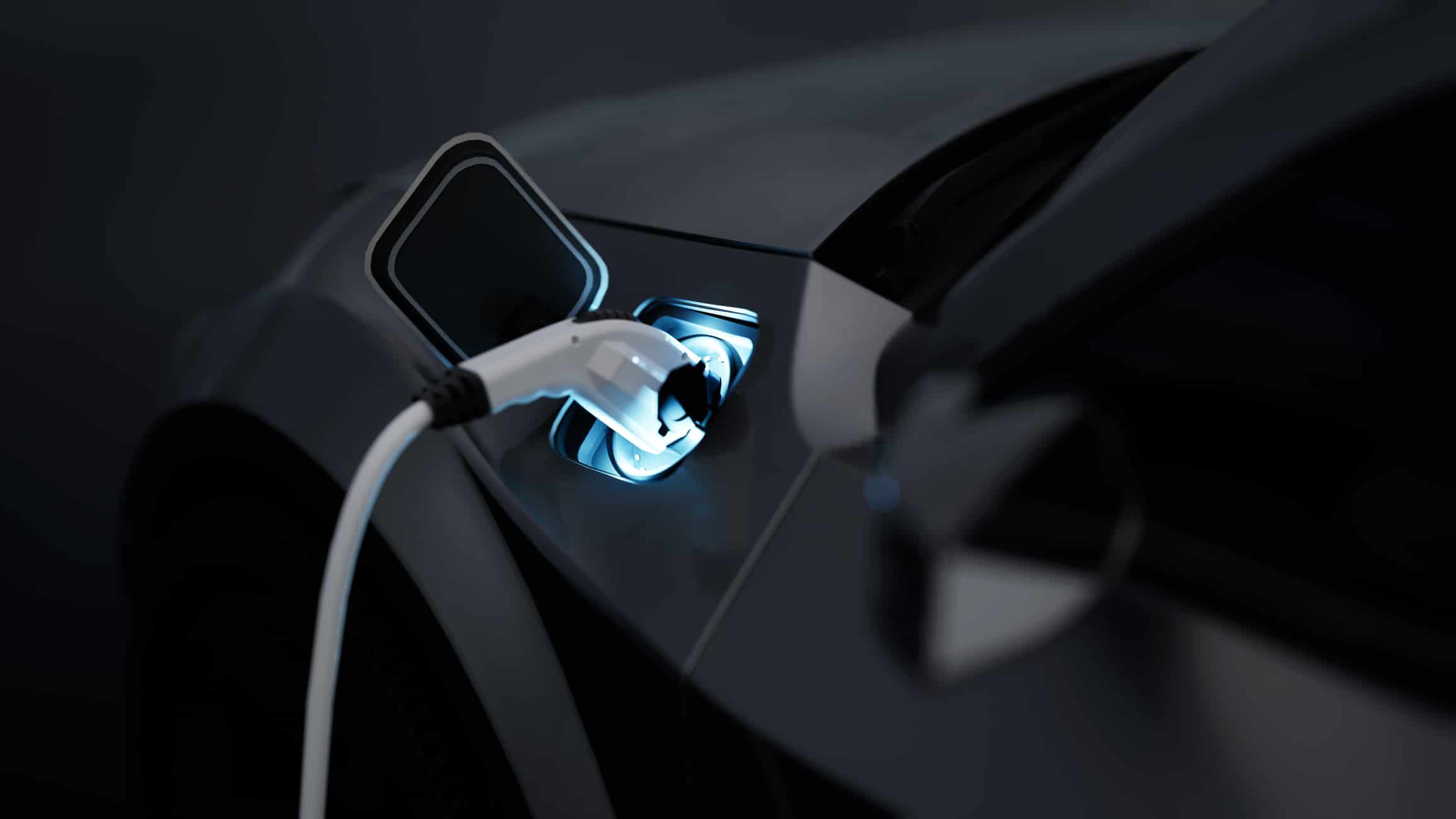As electric vehicle (EV) adoption grows, so does the demand for repair and collision data on these new technologies. In Q3 2024, Mitchell, An Enlyte Company, reported notable trends in EV claims data across the U.S. and Canada. While sales of battery electric vehicles (BEVs) have slowed somewhat, they still account for 8% of new U.S. car sales (up 11.3% year-over-year) and 9.49% in Canada (up 18.47% year-over-year). However, a rise in BEV collisions—up 47% in the U.S. and 26% in Canada—indicates emerging patterns in how BEVs perform in accidents.
Key Trends in EV Collision Claims
- Increased Collision Frequency and Slower Repair Times
Claims frequency for BEV collisions has surged. In the U.S., BEV collision repair cycle time averages 19.5 days—18% longer than for internal combustion engine (ICE) vehicles. Canada mirrors this trend, with BEVs taking 17.2 days for repairs, compared to 14.3 days for ICE vehicles, a 20% increase. Repair times for hybrid electric vehicles (MHEVs) and plug-in hybrids (PHEVs) are also significantly longer than for traditional gasoline-powered vehicles. - Repair Costs and Severity Decline in the U.S., Rise in Canada
While average claims severity for repairable BEVs in the U.S. saw a slight decrease, down to $5,560 per vehicle, costs in Canada have climbed. Canadian claims severity for BEVs reached $6,923 CAD, reflecting regional differences in repair dynamics and economic conditions. The increase in Canada is notable across all powertrains except BEVs. - Price Parity Affects Total Loss Outcomes
As BEV and ICE vehicle prices approach parity, differences in total loss values have narrowed. In Q3, the average total loss market value for BEVs was $32,718 in the U.S. and $41,380 CAD in Canada, close to those for newer ICE vehicles of similar model years. The total loss frequency for BEVs and ICE vehicles is nearly identical, though Canada’s total loss figures were impacted by a rise in catastrophic claims this quarter. - Impact Dynamics: Front vs. Rear-End Collisions
BEVs are more likely to sustain rear-end impacts, while ICE vehicles tend to have front-end collisions. Rear-end accidents account for 35.98% of BEV collisions compared to 27.57% for ICE vehicles, while ICE cars see more front-end impacts (31.59% versus 25.88% for BEVs). This disparity impacts repair costs, as front-end accidents are nearly 40% more expensive to repair than rear-end collisions. The difference in impact patterns may be due to BEV-specific features like single-pedal driving and advanced front crash avoidance technologies. - Shift Toward Hybrid Technology Over Full BEVs
With BEV adoption facing some market resistance, manufacturers are pivoting towards hybrids. Hybrid sales, according to the U.S. Energy Information Administration, rose to 9.6% of the light-duty vehicle market in Q2 2024. Yet, plug-in hybrids (PHEVs) may face challenges as they reportedly score lower in consumer satisfaction compared to BEVs, particularly regarding battery range and total cost of ownership.
What This Means for the Industry
The Q3 data sheds light on the complexities of integrating BEVs into traditional collision repair processes. With longer repair times and evolving repair dynamics, insurers and repair shops must adapt their processes and expectations to manage the shift effectively. As the industry continues to collect and analyze data on EV collisions, trends in point-of-impact and cost discrepancies may guide future EV design and claims processes.
The full report offers further insights into the growing field of EV collision claims and repair metrics, providing a clearer picture of how EVs are reshaping the collision landscape across North America.













